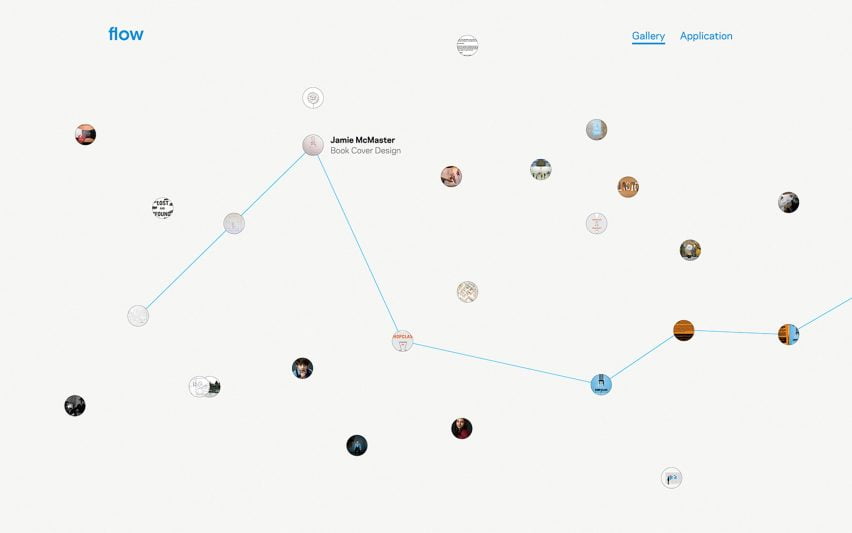

Today’s business world is increasingly high velocity and software driven. Sooner or later, these two realities will push companies to rethink their potential and reinvent themselves. While some aspects of technology are moving with incredible speed – social, mobile, analytics and cloud as well as wearables, crowdsourcing and the Internet of Things (IoT) – business processes and applications lag behind.
Industry reports – such as Forrester’s IT Speed: The Crisis and the Saviour of the Enterprise – show that two-thirds of business executives believe their organisations are currently being disrupted by information technology and 72 percent agree that they will be disrupted over the next 12 months.
At the same time, software is now a key driver of differentiation and innovation. It’s a gateway to new services and revenue streams, seamless customer experiences and expansion into new markets. It’s redefining every industry. Think about it: Bill Ford, executive chairman of Ford Motor Company, envisions radically new business models for the auto industry in the age of connected vehicles. Ford is working to ensure it is not simply a hardware manufacturer in the future, with “all the value elsewhere,” but also a provider of software-driven services that improve customer safety and increase transportation efficiency.
The challenge of aging IT and accelerating business
IT is showing its age. Many companies are trying to compete in the world of social, mobile, analytics and cloud with applications that were designed for another era. Monolithic applications are often built from the ground up – slow to implement and slow to change. Major portion of business transactions are still processed in COBOL. Furthermore, many IT organisations spend up to 30 percent of their budgets just maintaining existing systems, leaving precious little time for innovation.
The pace of change and rising complexity are also daunting to many IT organisations, which have to track more technologies and types of solutions than ever before. It is predicted that more than 50 billion “things” will be connected to the Internet by 2020, and the number of partners and providers a company must interact with continues to expand. Microsoft alone already has more than 640,000 partners in its business ecosystem.
There are three new application strategies – liquid, intelligent and connected – that can help organisations shape their future and lead their industries.
Liquid application: To compete with agility and speed, companies can no longer afford complex, lengthy and expensive coding of applications, or massive, multi-year system implementations. What’s needed is a new way to build software – faster, flexible and more liquid – with reusable components that allow for rapid assembly of applications in support of dynamic business needs. This approach requires modular architectures, next-generation integration techniques and a cloud-first, mobile-first mindset.
Application programming interface (API) architectures underpin liquid applications, opening them up to flexibly and efficiently access internal or external software components and services. Engineering innovations such as Agile and DevOps further accelerate development and deployment.
Intelligent applications: Companies need to embed software intelligence everywhere in their applications and processes to manage growing volume, velocity and complexity, and to maximise the business value of internal and external data – including that from the physical world. Software intelligence is made possible by an influx of data, processing power and advances in data science such as natural language processing, machine learning and cognitive computing. Thanks to these advancements, applications can automate routine tasks, improve business processes through integrated analytics and ultimately govern themselves.
Connected applications: To grow revenue and defend their market position, companies will need to create new competitive frontiers using software. Doing so requires opening multiple dimensions of application connectivity – with business partner and customer ecosystems, as well as with the rapidly growing IoT that is essential to delivering new services. Connected applications will run everywhere – not just on phones, tablets and PCs, but also in manufacturing, pipelines, industrial equipment, cars, wearables and more – to convert products into product-service hybrids.
These three new application strategies also depend on embracing an entirely new operating model for software development. In too many companies, technology is “in a box.” It is considered to be contained within IT as a specialty function rather than a competency that every business leader must embrace. Siloed business and IT functions hinder organisational agility. A new, more cooperative approach is essential. IT must help shape business strategy and the business must help IT shape how software is being used to enter new markets, reach new customers and drive competitive differentiation.
The IT organisation must be prepared to define and execute business strategy through software that is liquid, intelligent and connected. For its part, the business must strive to gain more technology savvy as it assumes a bigger role in building software. Innovations must be driven jointly, tied to new strategic planning processes that span both business and technology. In this operating model, software becomes a revenue-generating product of the company. Business needs IT to ensure the company’s software products are market relevant, and IT needs business to identify new markets where they can introduce these software products.
[Source:-IT news Africa]




